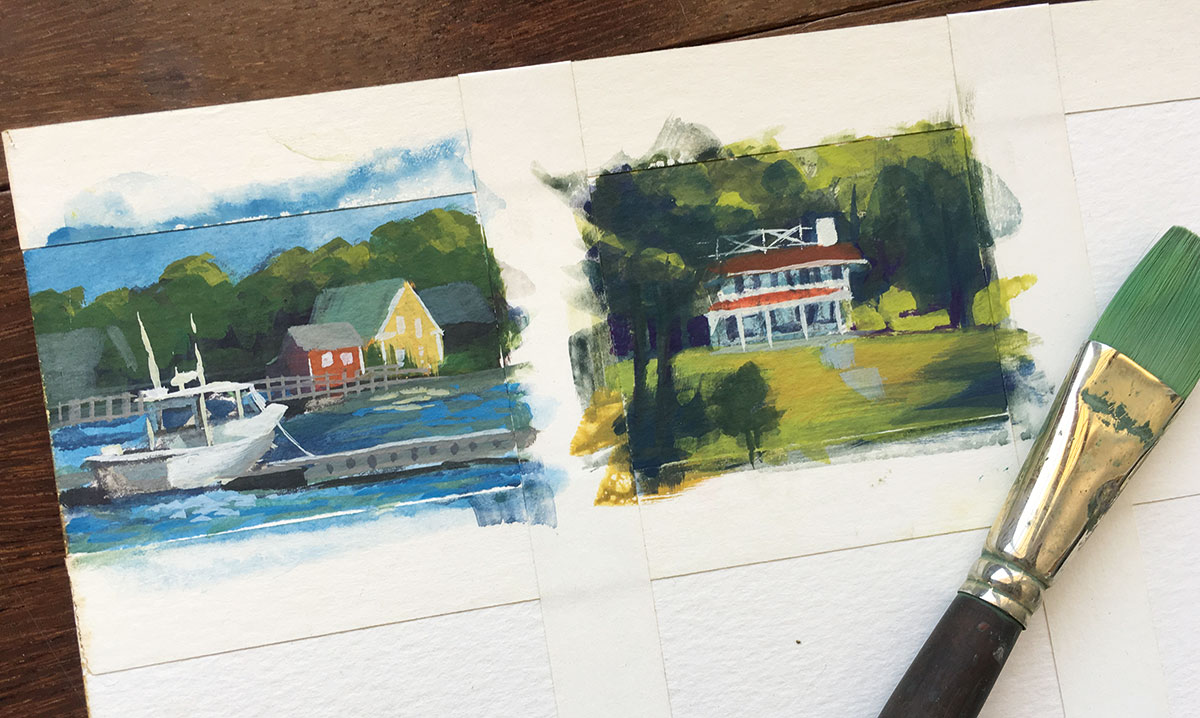VFX vs CG: Pixar animator reveals how the two worlds collide
Animator Robb Denovan gives expert insight into the differences between the VFX and CG industries.

In my experience, I would say that one of the main differences in working in the VFX and CG film industries is the accessibility to the director.
With most VFX work, the sequences are divided out among different VFX houses. Because the director's time is divided among many different studios, animators have very limited time to present their work to them. In VFX, there is also the element of shooting the live-action portion of the film, so there may be extended periods of time where animators are unable to show the director their work.
The 10 biggest 3D movies of 2015
I have found there to be more people that an animator needs to present their work to in VFX. For example, once an animator blocks out a shot, they'll generally present their work to a lead animator or supervisor. From there, they'll present to a CG supervisor who will then present the animation to the director.
Different backgrounds
It’s a decent workflow, but in many cases, the direction of the shot may get lost somewhere between the director and the animator. This can cause an animator to take longer on a shot, affecting bid days and other departments down the road.
Pixar has the benefit of having in-house directors, so animators have the option of presenting their work straight to the director on a daily basis. This tends to eliminate going too far with an idea before showing the director.
I have found that a lot of CG feature film directors tend to come from an animation background – at Pixar for example, think Brad Bird, Pete Docter and John Lasseter. They’re able to see blocking animation in a wide array of styles and methods. The animator has more flexibility with how they want to approach blocking the shot.
Daily design news, reviews, how-tos and more, as picked by the editors.
A lot of CG feature film directors tend to come from an animation background
I tend to animate in step mode, concentrating on the individual storytelling poses versus layering the animation. Some directors are able to fill in the gaps between the stepped key poses, and can comprehend what theanimator is intending to do.
By contrast, most VFX directors don't come from an animation background, and prefer animators to work in spline mode. For those who come from a stepped-blocking background, it's a big adjustment!
One other difference is the element of backgrounds. Because VFX animation is done in front of live-action plates, the animator tends to be tied to what has been shot on set and isn't easily able to adjust the camera if needed to accommodate their animation.
While this may seem like a disadvantage, it does offer benefits. Having live-action plates from which to work can dictate your character's animation speed, and offer a lot of valuable information regarding how the actors in the live-action plates are moving. Also, with live-action plates you're able to get a good idea of other elements of the shot such as lighting, motion blur and so on.
Having this information available can help you decide how you want to approach your animation. In dimly lit shots for example, knowing where the light is casting can play a huge role in knowing where you want the character's main action to be.
Next page: more on how the VFX and CG industries collide

The Creative Bloq team is made up of a group of art and design enthusiasts, and has changed and evolved since Creative Bloq began back in 2012. The current website team consists of eight full-time members of staff: Editor Georgia Coggan, Deputy Editor Rosie Hilder, Ecommerce Editor Beren Neale, Senior News Editor Daniel Piper, Editor, Digital Art and 3D Ian Dean, Tech Reviews Editor Erlingur Einarsson, Ecommerce Writer Beth Nicholls and Staff Writer Natalie Fear, as well as a roster of freelancers from around the world. The ImagineFX magazine team also pitch in, ensuring that content from leading digital art publication ImagineFX is represented on Creative Bloq.
